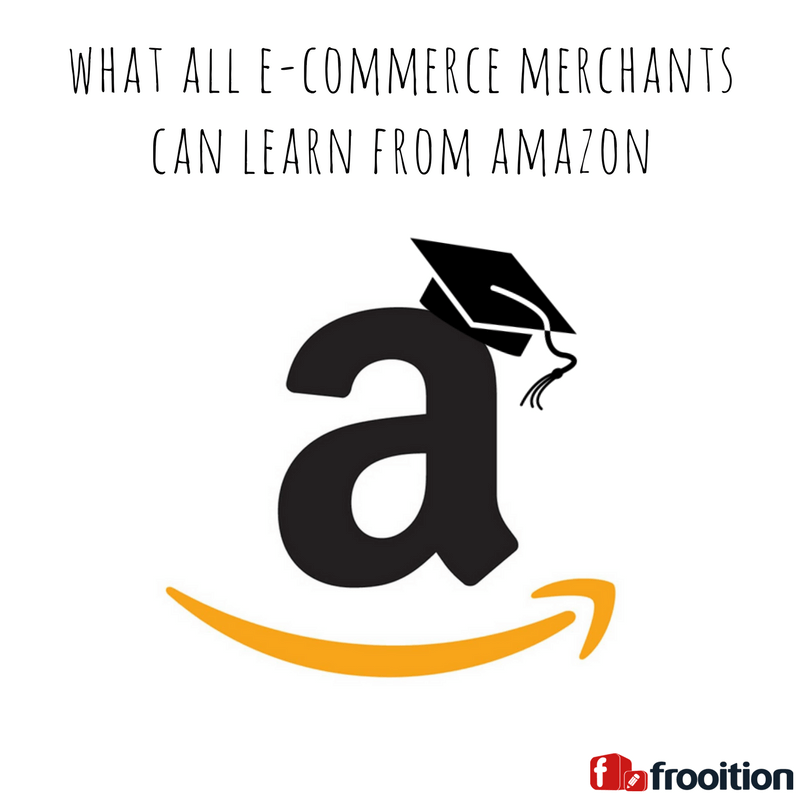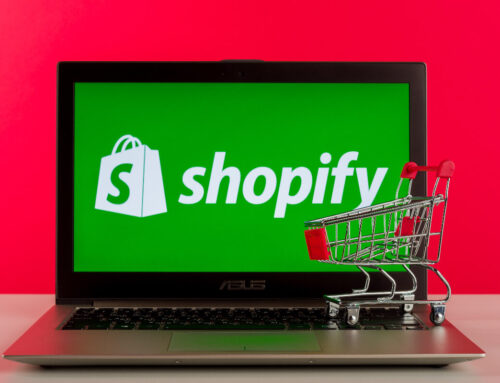
Lesson 1: Social Proof Sells
Over half of people in the U.S now search for a product on Amazon before they use a search engine like Google. One of the main reasons for this is the massive success of Amazon’s on page product reviews and customer questions and answers. Clearly displaying product reviews can answer customer questions and overcome buyer hesitation, significantly improving the conversion rate of a product page.
Knowing how precious customer reviews are, Amazon leverages post purchase emails to make sure they get reviews from as many customers as possible. This is something that can also work for other online retailers, building social proof for products and boosting sales.
Lesson 2: Own Your Mistakes
When Amazon removed un authorised copies of books from people’s kindles without notifying them, the internet exploded with furious customers. But when Amazon’s CEO Jeff Benzos publicly apologised online, many applauded his bravery and were very forgiving. A huge PR catastrophe was saved by one man stepping forward to give a heartfelt apology.
It may be on a far smaller scale that Bezo’s press release, but when you make mistakes, honesty and sincere apologies will always be well received.
Lesson 3: Page Speed is Power
The time it takes for a webpage to load can have a large impact on user experience and sales, and so Amazon take page speed very seriously. Amazon analyzed their ratio of sales to website performance in 2016, and discovered that for every 100ms of page load time there was a 1% decrease in sales.
So how fast does your website need to be? Many usability experts propose that the ideal page load time is 2 seconds or less. Frooition websites and eBay designs load in one second or less across all devices. You can easily test the page load time of your own website by using free tools such as WebPageTest.org
Lesson 4: Personalize To Maximise Sales
One thing that Amazon does very well is personalizing the shopping experience to each user. Going to Amazon’s homepage you’ll see different sections such as “Related to Items You’ve Viewed,” “Inspired by Your Shopping Trends,” Recommendations for You in..,” etc. Amazon knows that the more relevant the product is to the user the more likely users will purchase. Online retailers can learn from Amazon and personalize the shopping experience as much as possible. Both BigCommerce and Shopify offer plugins to provide similar functionality. A simple alternative within BigCommerce or Shopify would be showing users recently viewed products, or relevant related products to what they have been viewing. While it might not be as fancy as Amazon’s elaborate personalization strategy, it’s a simple way to personalize the shopping experience that is proven to improve average order value.
Further Reading: How to sell on Amazon: the ultimate list of Amazon articles
Lesson 5: Let Data Drive Your Decisions
“If you double the number of experiments you do per year you’re going to double your inventiveness.”
Amazon CEO Jeff Bezos
Adopting a culture that allows for continuous testing can have a high payoff in e-commerce. Amazon test Product prices, marketing channels, calls to action, colors, navigation, button styles, messaging, shipping rates, etc. If you can think of it, chances are they’ve already tested it.
Some experiments will yield positive results while others not so much. Don’t be afraid to fail. Even experiments with negative results can provide useful insights. Powerful traffic and visitor analysis platforms such as Google Analytics can help webmasters make data driven decisions when it comes to testing.
A/B testing different versions of mail campaigns, social media adverts or landing pages from your Google ad campaigns is a good way to start establishing what your customers want to interact with.
With online retail, there’s no need to reinvent the wheel. Massive ecommerce websites such as Amazon have paved the way for online success. They have shaped customer expectations and the way we shop online. By learning from Amazon, online retailers can utilise proven strategies, design, and plug ins within a BigCommerce store to create Amazon style selling success for their own e-commerce.







